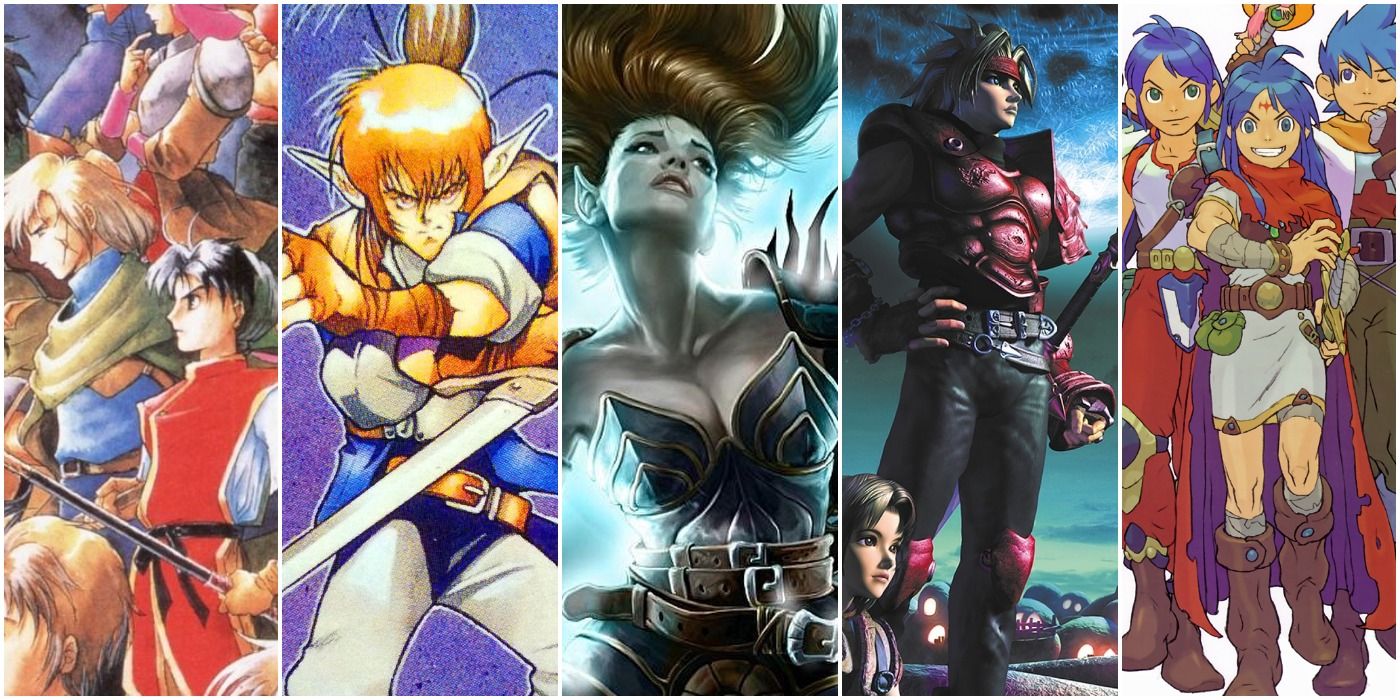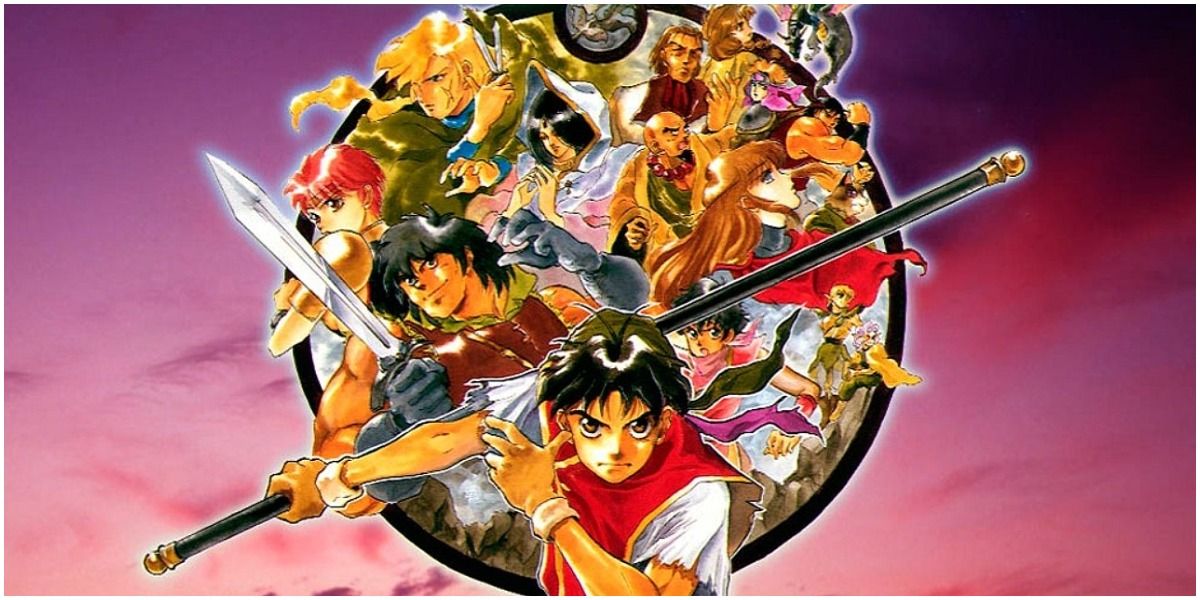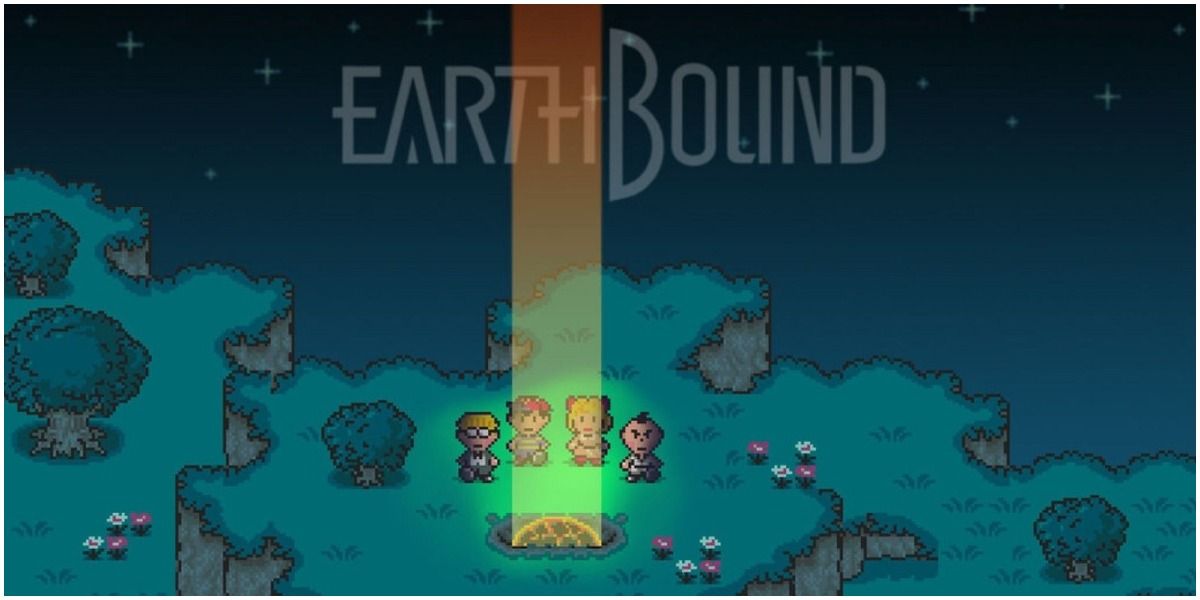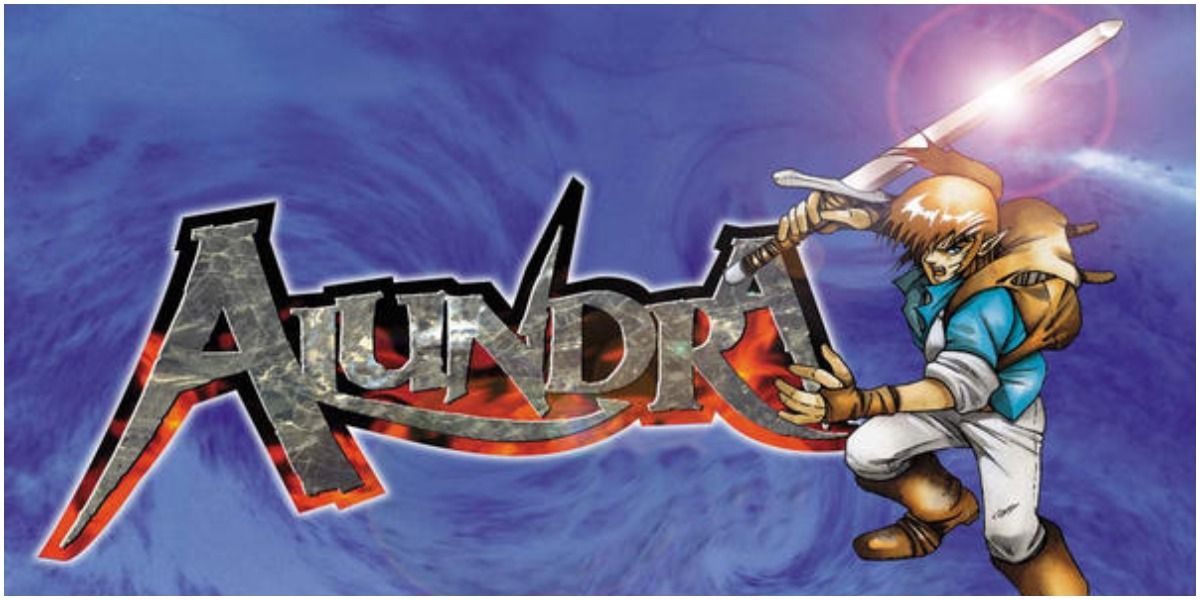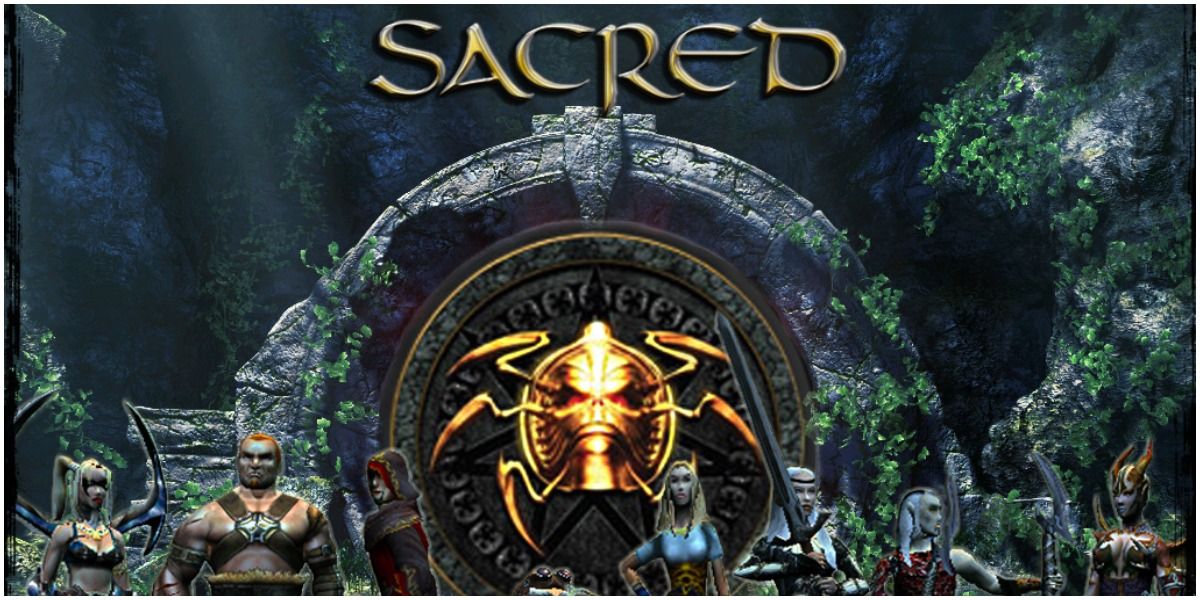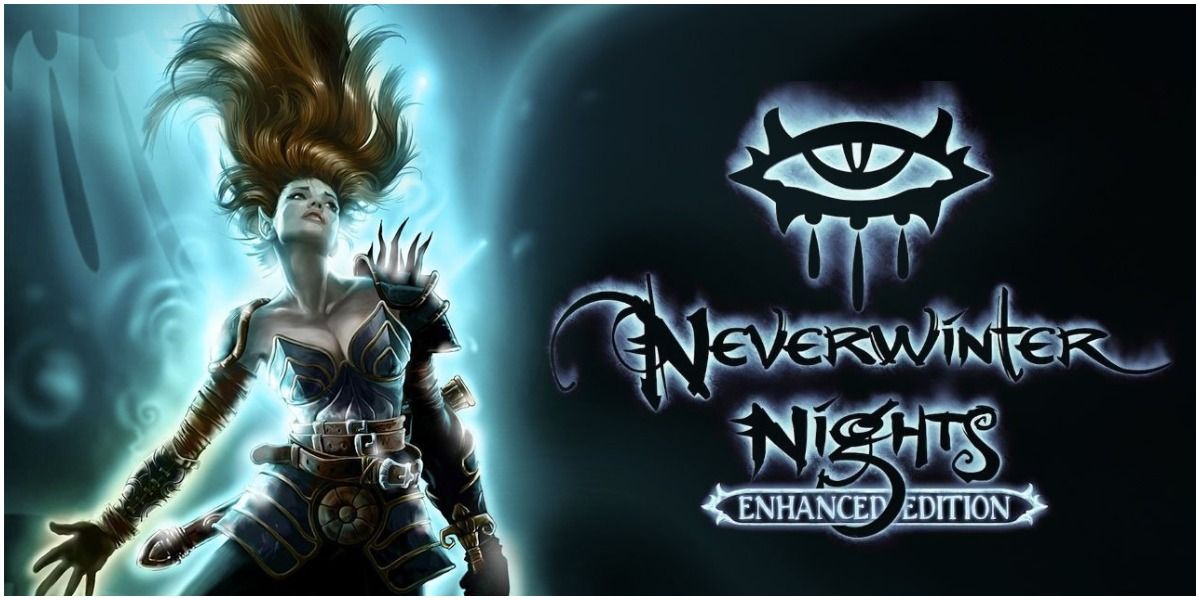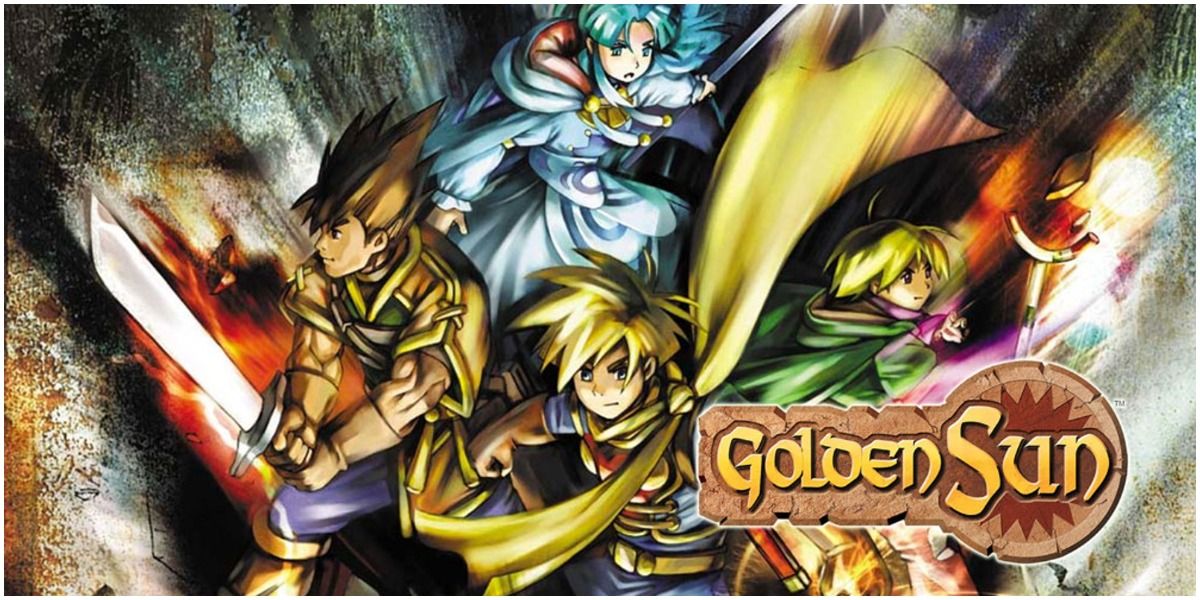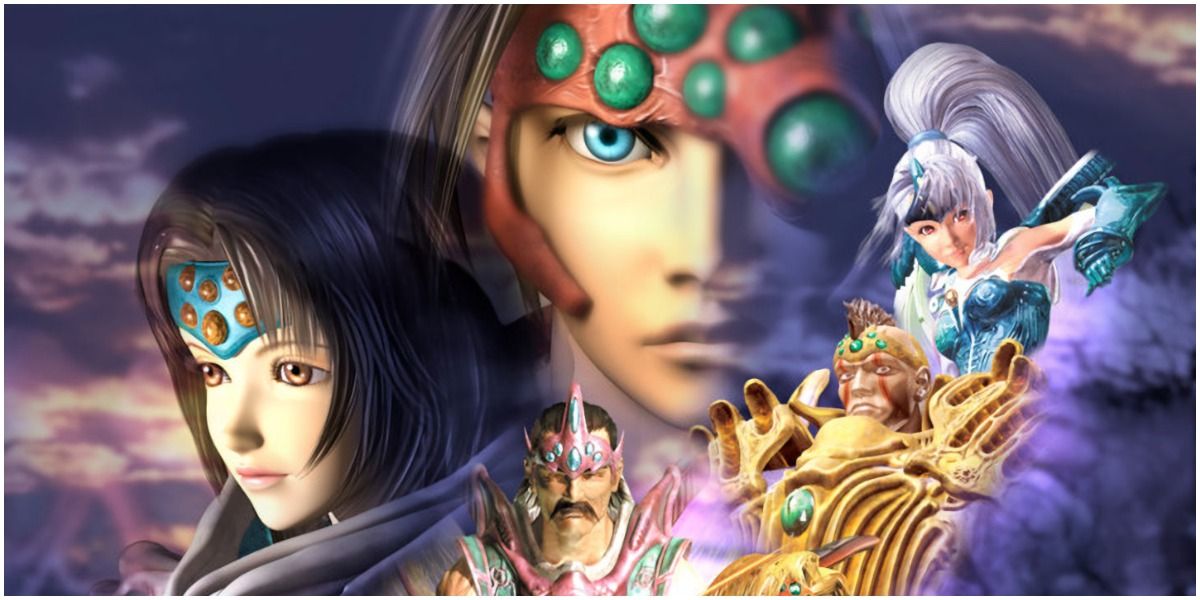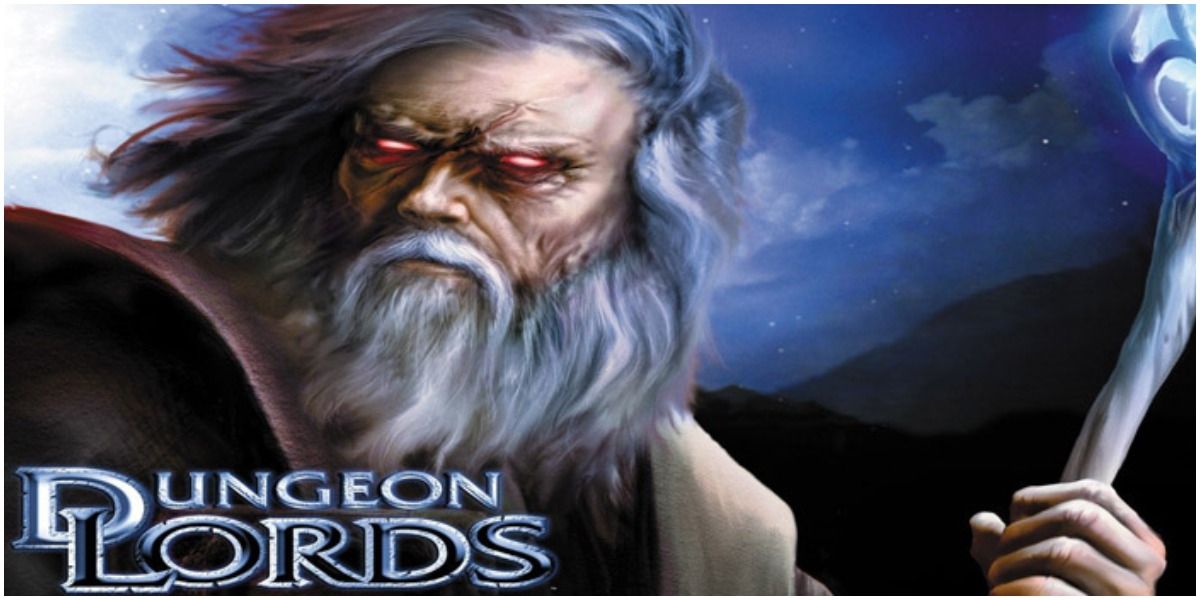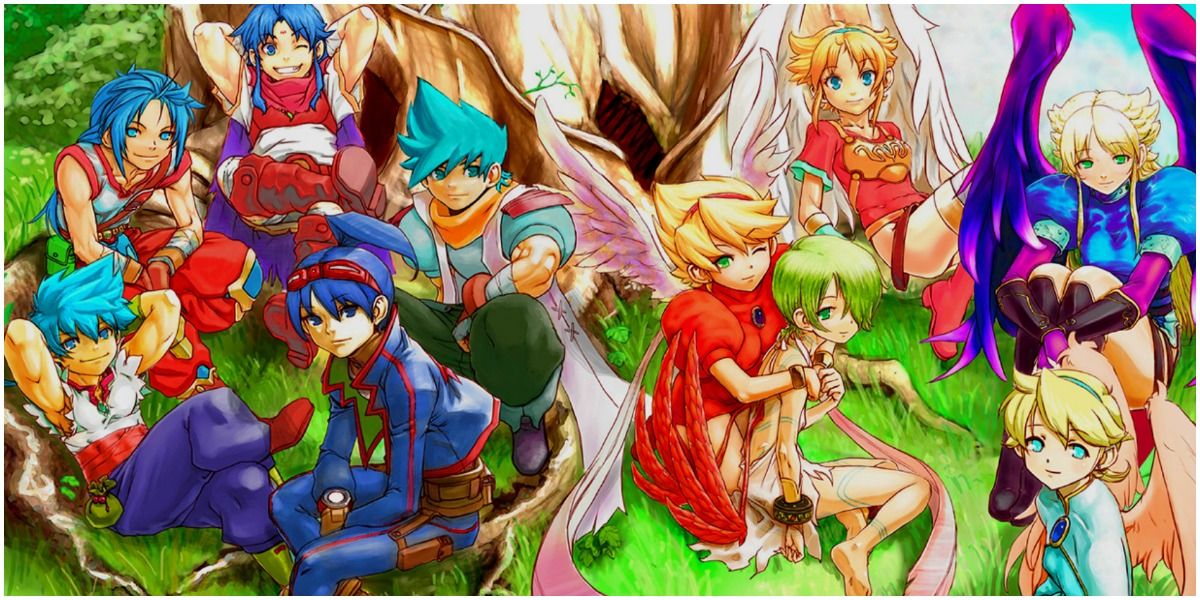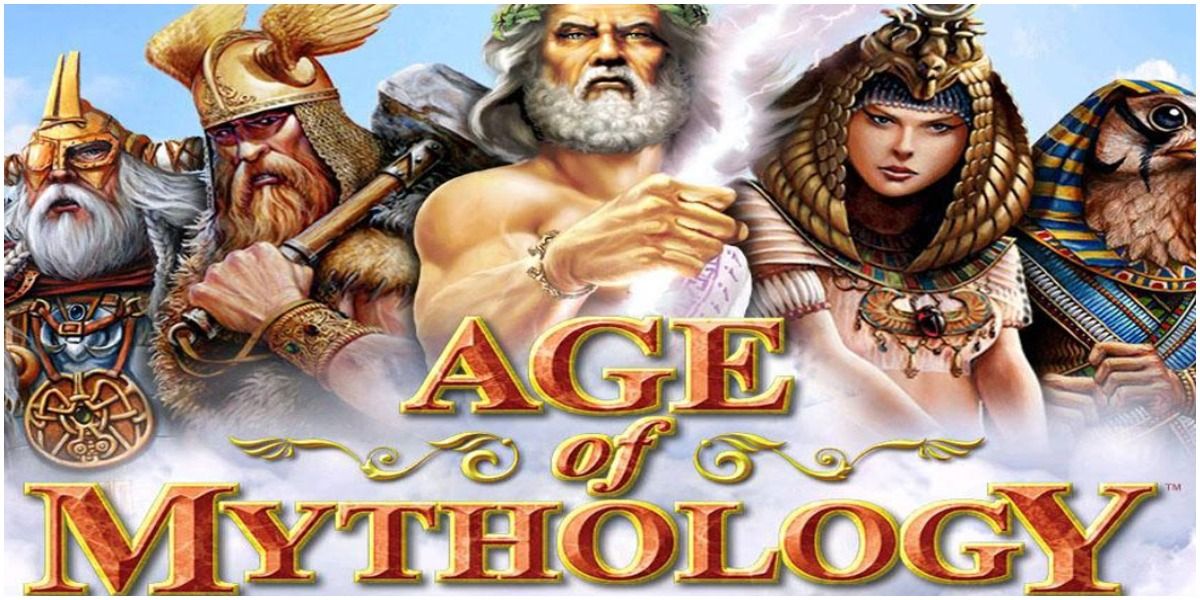Many diamonds have been lost throughout time. Some games managed to push on through modernity, some have managed to scrape in a remake or received upgraded graphics, while others disappeared entirely. Entire companies have gone under or moved away from video game production, leaving some old favorites to collect dust in a box somewhere.
It becomes worse when some of these games become difficult to find a copy outside of childhood memories. Thankfully, a good portion of games from the old days have survived just enough to receive ports to Steam or other digital storefronts, or some mega-fan put up an emulator somewhere to preserve the game and make it accessible to people who either can't find the original or don't want to pay hundreds of dollars for it.
10 Suikoden Is An Underappreciated RPG Series From Konami's Glory Days
Before Konami decided to largely stop producing AAA video games, Suikoden was one of those niche series that were either so obscure nobody knew of it, or so insanely popular that it warranted cameos. Outside of Japan, the original two games were limited releases. The third was never released in the UK. The latter two of the main series were kind of a hit and miss due to being prequel games. Tactics had mixed reviews and really made itself a sequel to four. Tierkries tried so hard to be bigger than it was but was limited by console.
The original game was based on the classical Chinese novel Water Margin, and set the stage for the series to focus on recruiting 108 individual characters in order to fight in a fantasy revolution using different fighting styles and magic. It suffered from needing to suddenly swap consoles midway through production, but the second installment in particular is a hidden gem of epic proportions.
9 The Earthbound/Mother Series Feels Like The Spiritual Predecessor To Undertale
Earthbound, as some fans may be aware, was the spiritual predecessor to and inspiration behind Undertale. What Western audiences know as Earthbound was originally Mother 2, the follow-up to a Famicom game called Mother that wouldn't see any official localization until it was released as Earthbound Origins for the Wii U's eShop. The third entry, Mother 3, has thus far only been released in Japan for the Game Boy Advance and there seems to be no plans whatsoever to localize it (though fan translations do exist).
Each game really takes the player on a long journey and makes certain that the player is well aware that they are controlling children. They are subtly terrifying, each in their own right. For any fans of Undertale, getting to dive into the Mother series as a whole really shines a light on the game and allows for some deep appreciation for the style.
8 Alundra, The Dream-Walking Game That Was Heavily Inspired By Zelda
A fan of elves outside of Lord of the Rings high fantasy? How about sky pirates and weird dream walking scenarios? Alundra has got all that covered. It was a game initially released in Europe by Matrix Studios and focused heavily on exploration and puzzle solving from the point of view of Alundra, a protagonist who learns he has the ability to walk through dreams. Some critics accused it of being too much like Zelda, but since when is it a bad thing to be too much like one of the best game franchises of all time?
The sequels followed suit, engaging in complicated puzzles and going out of their way to make heavily exploration games in a time when open world games really didn't thrive yet. If they had, this game would have definitely been one of them.
7 Sacred Is Such A Beloved Gem The Fans Got Involved
Sacred was a game in the same vein as Diablo and Diablo 2 with a very similar character selection and inventory system. The game is intensely magical, insisting on very rigorous equipment and fighting styles based on the character chosen.
The thing is that when the games were left to rot, Steam snapped up Sacred Gold (the version with all the expansions) and Sacred 2. Except when they ported them over to the store, they never bothered to update them for proper functioning on modern computers. The fans took this issue into their own hands and continuously update an essential fan made patch and maintaining their own updates. There really isn't a better reason to check out a game than knowing the fans are running the show now.
6 Neverwinter Nights Never Goes Out Of Style
Fans of the MMORPG Neverwinter can get their hands on the original installment of the game— developed by BioWare, who modern games best know as the people behind Mass Effect and Dragon Age— over on Steam in a fancy new Enhanced Edition, which mostly just improves graphics and fixes some old glitches. Games like Baldur's Gate and Icewind Dale are other games that really shine alongside this one and keep the same feel.
The difference is that Neverwinter Nights takes on just a bit more plot and exploration than the others, with a little Warcraft sprinkled in for good measure. If that sort of genre was a nostalgic hit to the gut, at least this one is easily accessible to players.
5 Golden Sun Shines Bright
Golden Sun was a fantasy RPG monster collecting sort of game that initially appeared on the Gameboy Advance. For once, a series of Gameboy games didn't take the limitations of the system, and made a series of games expanding into the DS era that actually linked together. They continued the plot of the previous game and really could have been all one massive game if there had just been enough file space.
The thing that really shines about the series is the massive leaning it has on the collection of creatures to help in multiple ways across the plot. From helping to solve puzzles to battling alongside the team, they are better integrated than most games on a similar note.
4 The Legend Of Dragoon Has A Different Take On What Dragons Are
The Legend of Dragoon was published by Sony in 1999, back when they were really trying to get their feet going with 3D graphics. It was a massive undertaking with a unique battle system, intense cinematics, transformation sequences, and a highly engaging plot full of twists and turns. The thing that really takes the cake is that their dragons all are unique, massive monsters that rarely look like dragons themselves.
It is a game that blends fantasy elements with a futuristic feel, and probably would have done better if Final Fantasy hadn't taken the spotlight and ran away with it. The fighting system relies heavily on timing, forcing the players to be more immersed in the game and build their own skills alongside the characters, each with their own style of fighting and varying levels of speed. Of course there are items to circumvent this mechanic should the player desire, but it is extremely expensive and takes up a valuable equipment slot.
3 Dungeon Lords Opened Up The World Well Before Its Time
In a world before open world was really wide spread, Dungeon Lords had its day. The game is a massive expanse with a similar feel to that of The Elder Scrolls franchise, and just as many weird glitches to go with it.
It had a unique system for picking locks, requiring the player to time a pattern with varying levels of difficulty. The dungeons were dark but gave a good crawl, and there were dragons and other strange monsters to slay. Or, to get caught behind a tree when the player wandered into a space too strong for them so that they could whittle their health down. Very little of the game was tied down by a forced plot, and there were so many side quests to partake in that they could have stood on their own.
2 Be A Dragon In Breath Of Fire
There were two things that stayed consistent throughout the Breath of Fire series. A blue eyed, blue haired protagonist Ryu who was actually a dragon, and the winged Nina who was going to force her way into her role as the love interest, whether the game wanted her to or not.
As the series went on, it slipped from a high fantasy setting to a vague steampunk setting, to something post modern. Ryu takes on varying levels of understanding about his dragon heritage and picks up different roles depending on his setting. From someone who literally left his clan to help them, to an amnesiac, to not having a clue at all, he really ran the gamut and collects the strangest friends along his journey.
1 Age Of Mythology Balances Story With History
For any fans of the classics or Age of Empires, this is a game to play. It is a direct counterpart of Age of Empires that focuses on the mythological aspects of historical cultures. The player can build temples to their respective gods, embark on missions from mythology, and employ mythological beasts to aid them in their conquest.
The storyline goes through the whole range as it chases foes across the world, exploring different techniques, mythologies, and stories. Age of Mythology gives an extra layer of story that Empires lacked, while also playing heavily into the more fantastical elements of cultural history.

